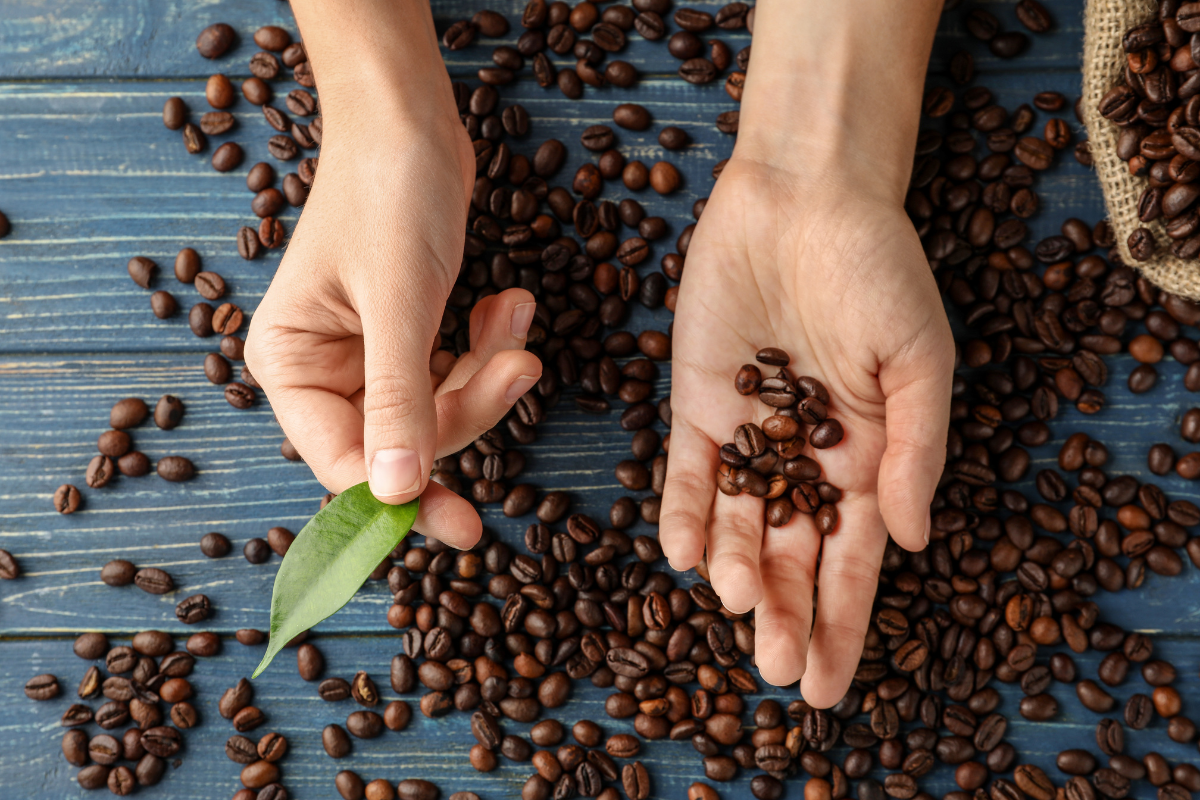From Bloom to Berry: The Life of a Coffee Plant
Have you ever considered the incredible path your morning coffee takes before it even reaches the roastery? It begins in diverse landscapes, from the misty mountains of Ethiopia to the vibrant farms of Brazil. Each coffee bean starts its life as part of a beautiful, fragrant white flower on a coffee tree.
These delicate blossoms eventually give way to small, green fruits known as coffee cherries. Over several months, these cherries ripen, turning bright red, yellow, or even orange, signaling they’re ready for harvest. Inside each ripe cherry typically lie two coffee beans, waiting for their transformation.
The Harvest: Picking the Perfect Cherry
Harvesting coffee is often a labor-intensive process, demanding precision and care. The ripeness of the cherry is paramount for superior flavor in the final cup. Unripe cherries taste grassy, while overripe ones can be fermented.
Most specialty coffee is hand-picked. This method, called selective picking, ensures only the ripest cherries are chosen, often requiring multiple passes through the same trees. This dedication to ripeness significantly impacts the quality of your brew.
Alternatively, some larger farms use mechanical harvesters. While efficient for large volumes, these machines collect all cherries at once, ripe and unripe. This method is generally used for commercial-grade coffee.
Processing Perfection: Unlocking Flavor Potential
Once picked, coffee cherries must be processed quickly to prevent spoilage and begin the crucial development of their unique flavors. There are several primary methods, each imparting distinct characteristics to the bean.
Washed Process: Clean and Bright
The washed process is known for producing clean, bright, and often more acidic coffees. Immediately after harvest, cherries are typically pulped to remove their outer skin and some fruit. The beans, still encased in a sticky mucilage layer, are then submerged in water tanks.
Here, they ferment for a controlled period, breaking down the mucilage. This fermentation is carefully monitored to avoid off-flavors. After fermentation, the beans are thoroughly washed to remove all remaining mucilage before drying.
Washed coffees often highlight the intrinsic flavors of the bean and its origin. You’ll find them crisp, with vibrant acidity and distinct clarity.
Natural Process: Fruity and Full-Bodied
The natural process is one of the oldest methods and involves drying the whole coffee cherry, intact, immediately after harvest. Cherries are spread out on raised beds or patios, often under direct sunlight. They’re regularly raked to ensure even drying and prevent mold.
As the cherry dries, the fruit’s sugars and flavors are absorbed into the coffee bean. This process is more risky, requiring careful management, but when done well, it yields incredibly sweet, fruity, and full-bodied coffees.
Natural processed coffees often present notes of berries, tropical fruits, and chocolate. They tend to have a heavier body and a pronounced sweetness.
Honey Process (Pulped Natural): The Best of Both Worlds
The honey process is a hybrid method, often seen as a middle ground between washed and natural. Cherries are pulped, but unlike the washed method, varying amounts of the sticky mucilage are left on the bean. These mucilage-coated beans are then dried.
The name “honey” refers to the sticky, sweet feel of the beans during drying, not actual honey. This method typically results in coffees with enhanced sweetness, good body, and often a balanced acidity.
Honey processed coffees can range in color (yellow, red, black honey) depending on how much mucilage is left and how they are dried. They offer a unique spectrum of flavors, often combining the clarity of washed coffees with some of the fruitiness of naturals.
Drying and Hulling: Preparing for Transport
After processing, the coffee beans, still in their parchment skin (for washed/honey) or dried cherry (for natural), need to be dried to a specific moisture content. This step is critical for preservation and flavor stability.
Drying can happen on patios, raised beds, or in mechanical dryers. Once dried, the coffee is then hulled. This removes the parchment layer (for washed/honey) or the dried fruit and parchment (for natural), revealing the green coffee bean. This green coffee is what’s ready for export.
Milling and Grading: Quality Control
At the dry mill, green coffee beans undergo a series of sorting and grading steps. This ensures uniformity and removes any defective beans or foreign material.
Beans are sorted by size, density, and color. Advanced optical sorters can detect and remove imperfections. This meticulous process ensures that only the highest quality beans make it to the next stage of their journey, influencing the consistency of your brew.
The Roastery: Transforming Green to Brown
Green coffee beans hold all the potential, but it’s the roasting process that unlocks their magnificent flavors and aromas. Roasting is a delicate balance of science and art, transforming dense, flavorless green beans into aromatic, brittle brown beans.
During roasting, beans undergo complex chemical reactions, including the Maillard reaction and caramelization. These processes develop hundreds of flavor compounds. The roast master carefully controls temperature, airflow, and time to bring out the best in each bean.
From light roasts that highlight delicate acidity and origin characteristics, to dark roasts that emphasize bold, smoky notes, the roast profile significantly impacts your final cup. A skilled roaster knows precisely when to stop the process.
From Roast to Cup: The Final Steps
Once roasted, coffee begins a race against time. It’s now at its peak flavor, but oxidation quickly begins to diminish its quality.
Roasted beans are quickly cooled and then packaged, ideally in airtight bags with one-way valves to allow CO2 to escape while keeping oxygen out. Freshness is paramount here. Buying freshly roasted beans and grinding them just before brewing makes a huge difference.
Finally, the beans arrive at your home. You grind them, brew them, and experience the culmination of an incredible journey. Every sip connects you to the meticulous work, diverse landscapes, and countless hands that brought that coffee from a distant farm to your cup. It’s a testament to a global passion for amazing coffee.
Criar Resumo em Áudio

